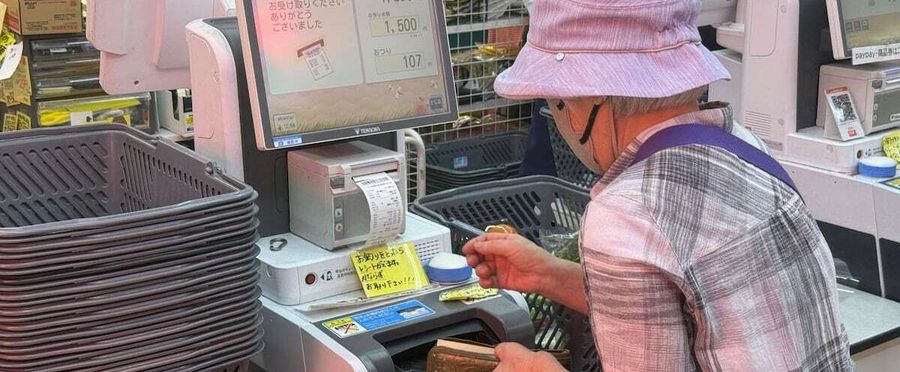With the booming trend of self-checkout systems in Japan, the elderly population face unwelcome disruptions to their daily routines. Frequent shoppers at their usual shops are struggling with the transition to automated systems, leading to discussions about accessibility and inclusion in a rapidly digitizing society. Societal conversation about the issue has sparked among local communities as well as at the national level, with some calling for the need to cater to all customer ages when deploying new technologies.
In Japan, convenience stores are integral to daily life, often serving as a community hub, especially for the elderly. Technological advancements, like self-checkout systems, aim to improve efficiency and reduce manpower. However, this change is creating barriers for those unaccustomed to digital technology, like the older generation. The situation reflects the societal challenge of striking a balance between technological advancement and catering to the needs of all demographics.
In the US and EU, self-checkout systems are also common, especially in large retail chains. However, the issue of ease of use for the elderly or less tech-savvy individuals is also present. Many stores offer assistance or maintain traditional checkout counters alongside self-checkouts, but like in Japan, this may vary depending on location and the nature of the store.

